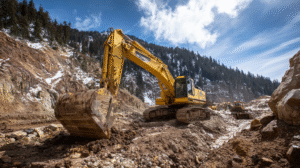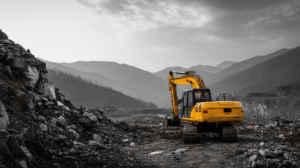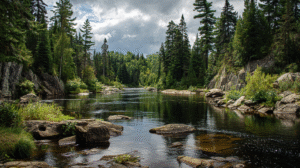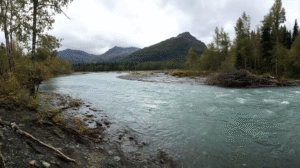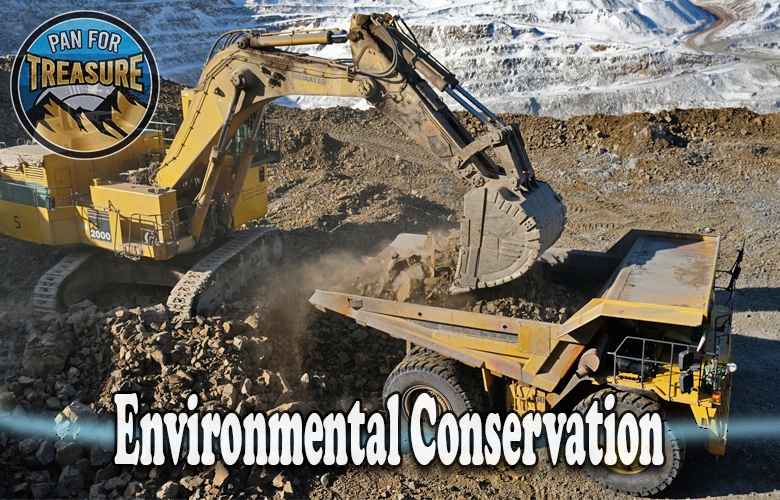
The pursuit of gold has shaped human history and fueled dreams of wealth and prosperity.
However, it’s essential to recognize that gold extraction can have a significant impact on the environment.
Balancing the quest for this precious metal with environmental conservation is a vital consideration for modern society.
In this guide, we’ll explore the intersection of gold mining and environmental conservation, highlighting the challenges, innovations, and responsible practices that aim to minimize the ecological footprint of the gold industry.
Environmental Challenges in Gold Mining
Gold mining, like many extractive industries, poses various environmental challenges, including:
1. Habitat Destruction:
- Mining operations can disrupt natural landscapes, destroy ecosystems, and displace wildlife.
2. Water Pollution:
- The use of chemicals in gold extraction can lead to water pollution and harm aquatic life.
3. Soil Contamination:
- Mining activities can result in soil contamination with heavy metals and other pollutants.
4. Deforestation:
- Forests are often cleared to make way for mining infrastructure, leading to loss of biodiversity and carbon sequestration.
Responsible Mining Practices
To address these challenges, responsible mining practices have emerged, aiming to minimize the environmental impact of gold extraction:
1. Sustainable Mining Methods:
- Innovations in mining techniques, such as reduced-impact mining and reclamation, help mitigate habitat destruction.
2. Water Management:
- Employing advanced water treatment methods to minimize pollution and recycle water in mining processes.
3. Ecosystem Restoration:
- Engaging in habitat restoration efforts to offset the environmental impact of mining.
4. Biodiversity Conservation:
- Implementing biodiversity management plans to protect and preserve local flora and fauna.
Certification and Compliance
To promote environmentally responsible gold mining, various certification standards and compliance initiatives have been established, such as:
1. The Responsible Gold Mining Principles:
- A framework that sets out clear expectations for responsible gold mining practices.
2. Fairmined Certification:
- A certification system that ensures social and environmental responsibility in gold mining.
3. Mining Regulations:
- Governments and regulatory bodies worldwide have implemented laws and regulations to enforce responsible mining practices.
Gold Recycling and Ethical Sourcing
An increasingly important aspect of environmental conservation is the promotion of gold recycling and ethical sourcing:
1. Gold Recycling:
- Encouraging the recycling and reuse of gold from electronic waste, jewelry, and industrial sources.
2. Ethical Sourcing:
- Supporting the sourcing of gold from mines that adhere to responsible and ethical practices.
Conclusion
Gold mining and environmental conservation can coexist through responsible practices, innovation, and ethical sourcing.
It’s crucial for the gold industry, governments, and consumers to work together to ensure that the pursuit of this precious metal does not come at the expense of our planet’s natural beauty and ecological balance.
By promoting responsible mining, recycling, and ethical sourcing, we can strike a balance between the allure of gold and the preservation of our environment for generations to come.
It’s a collective effort that aims to secure a sustainable future where gold’s beauty and value are harmoniously integrated with our commitment to environmental conservation.
Pins for Pinterest
If you like what you see, feel free to share some love on Pinterest ❤️
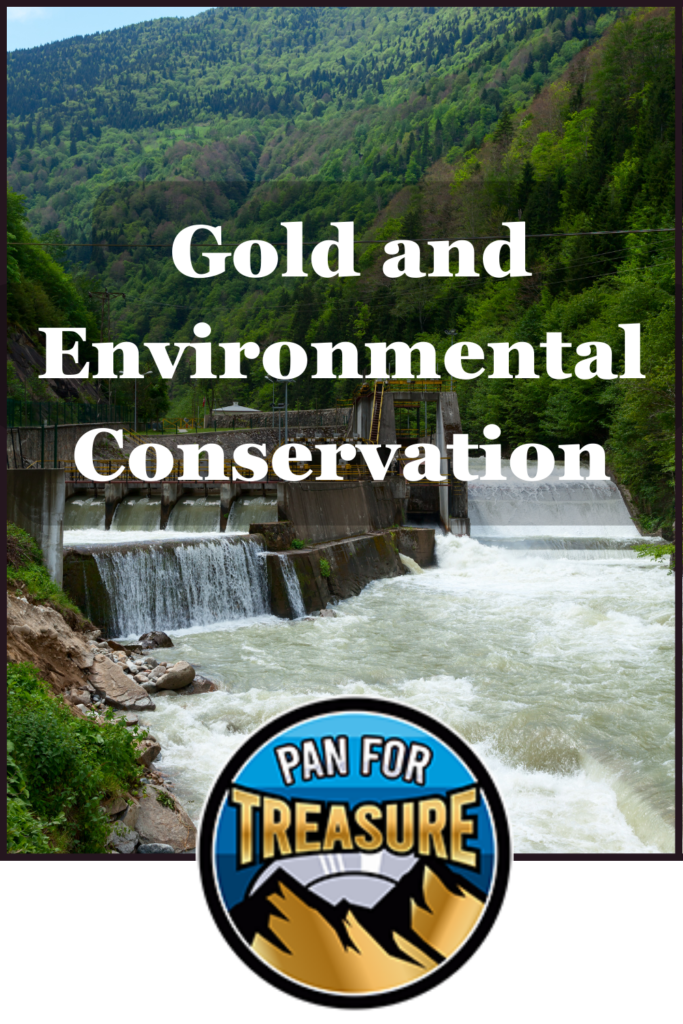
Subscribe to Our Newsletter





